Introduction
Fresh corn, with its sweet kernels and buttery texture, is a culinary delight enjoyed by many during the summer months. Whether grilled, boiled, or added to salads and soups, corn on the cob is a staple at barbecues, family gatherings, and farmers’ markets. However, the fleeting nature of fresh corn’s sweetness and tenderness can be a challenge, especially for those who want to enjoy this treat beyond its peak season. Proper storage techniques are crucial to retaining the fresh, juicy flavor of corn. This article delves into various methods for preserving fresh corn, ensuring that you can savor its deliciousness well into the fall and even winter.
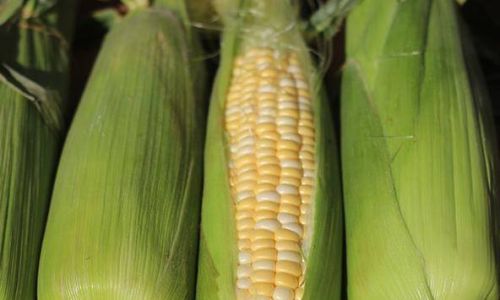
Understanding Fresh Corn
Before diving into storage solutions, it’s essential to understand the biology of fresh corn. Corn kernels are composed of sugars, starches, and moisture, all of which contribute to its taste and texture. As corn ages, the sugars begin to convert into starches, leading to a less sweet, more starchy texture. Additionally, moisture loss can cause the kernels to dry out, further compromising the eating experience. Therefore, the goal of storage is to slow down these processes as much as possible.
Harvesting Tips for Optimal Freshness
The first step in preserving fresh corn’s quality begins at harvest. Here are some tips to ensure you start with the best possible produce:
-
Timing is Key: Harvest corn when the kernels are plump and fully developed but still tender. The husks should be green and the silks at the top should be dry and brownish.
-
Early Morning Harvest: Pick corn in the early morning when temperatures are cooler to minimize stress on the plant and retain moisture in the kernels.
-
Handle with Care: Avoid damaging the husks and stalks as much as possible. Gently twist the ear off the stalk rather than pulling it, which can bruise the kernels.
-
Immediate Cooling: Once harvested, cool the corn as quickly as possible to slow down the respiration process and prevent sugar-to-starch conversion. This can be done by placing the ears in a cool, shaded area or refrigerating them temporarily.
Short-Term Storage Methods
For those planning to consume their fresh corn within a few days, these short-term storage methods are effective:
-
Refrigeration:
- In the Husk: Keep the ears in their husks and place them in a plastic bag. Puncture a few small holes in the bag to allow for some airflow. This method retains moisture and protects the kernels from drying out.
- Husked and Wrapped: If you prefer, remove the husks and silks, then wrap each ear tightly in plastic wrap or aluminum foil. Place the wrapped ears in a plastic bag or container and refrigerate.
-
Soaking in Water:
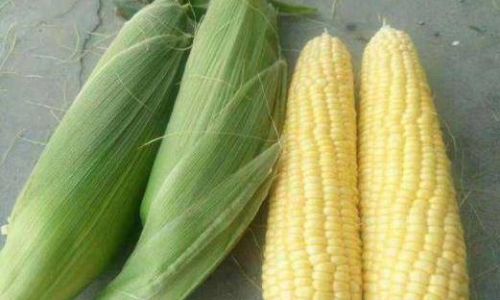
For an even more moisture-retentive method, soak husked ears in cold water for about 30 minutes before refrigerating. This can be done in a large bowl or even a sink filled with water. Drain the ears well before wrapping and storing them in the refrigerator.
-
Ice Bath:
For immediate use within a day or two, place husked ears in an ice bath (a bowl or container with ice cubes and water). This keeps the corn extremely cold and fresh but should not be used for long-term storage as it can cause freezer burn if left too long.
Long-Term Storage Solutions
If you want to enjoy fresh corn well beyond its natural season, consider these long-term preservation methods:
-
Freezing Fresh Corn:
- Blanching: The most common and effective method for freezing corn is to blanch it first. Bring a large pot of water to a boil, add a few ears of corn (husks and silks removed), and blanch for 3-4 minutes. Immediately plunge the ears into ice water to stop the cooking process. Once cooled, pat them dry and place them on a baking sheet in a single layer. Freeze until solid, then transfer to freezer bags, removing as much air as possible.
- Freezing Kernels: Alternatively, cut the kernels off the cob after blanching and freeze them in single layers on a baking sheet before transferring to freezer bags. This method is useful for recipes that call for just the kernels.
-
Canning Fresh Corn:
While less common than freezing, canning is another viable option for long-term storage. It involves pressure canning to ensure safety from botulism and other bacteria. Prepare the corn by husking, cleaning, and blanching as described above. Pack the corn into clean, hot jars, leaving headspace as specified in canning guides. Add boiling water or a light syrup, then process in a pressure canner according to manufacturer instructions.
-
Drying Fresh Corn:
Dried corn, often called hominy or dried corn kernels, can be used in a variety of dishes like soups, stews, and even ground into cornmeal. To dry corn, remove the kernels from the cob and blanch them for about 2-3 minutes. Spread them out on drying racks or trays and place in a food dehydrator or a very low oven (around 150°F or 65°C) until thoroughly dried. Store in airtight containers in a cool, dark place.
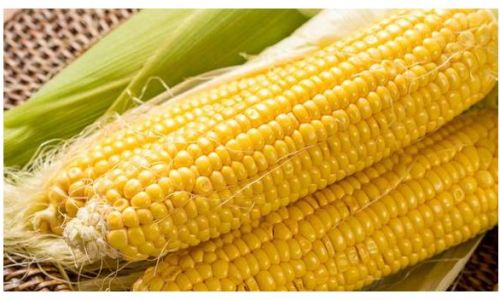
-
Pickling Fresh Corn:
Pickling corn, similar to pickling cucumbers, preserves the corn in a vinegar-based brine. This method adds a tangy flavor and can be enjoyed as a relish or side dish. Prepare the corn by husking and cleaning, then pack into clean jars with fresh dill, garlic, and red pepper flakes. Pour a hot vinegar, sugar, and salt solution over the corn, leaving headspace, and process in a water bath canner.
-
Fermenting Fresh Corn:
Fermenting corn can create unique and flavorful products like fermented corn relish or even a type of chutney. This process involves submerging cleaned and prepared corn kernels in a brine with a starter culture (like whey or sauerkraut juice) and allowing it to ferment at room temperature for several days to weeks. Monitor the fermentation closely for desired flavor and texture, then store in the refrigerator to slow further fermentation.
Conclusion
Preserving fresh corn to maintain its optimal freshness requires careful planning and execution. From short-term refrigeration and soaking methods to long-term freezing, canning, drying, pickling, and even fermenting, there are numerous techniques to suit different needs and preferences. Each method has its own set of instructions and considerations, so choose the one that best aligns with your culinary goals and storage capabilities.
Remember, the key to successful preservation lies in starting with high-quality, freshly harvested corn and handling it with care throughout the process. By following these guidelines, you can enjoy the sweet, juicy taste of fresh corn throughout the year, transforming a seasonal delight into a year-round pleasure.
In the end, whether you’re grilling up ears of corn for a summer barbecue or adding a handful of frozen kernels to a hearty winter stew, the right storage method ensures that every bite is as close to freshly picked as possible. Happy preserving!
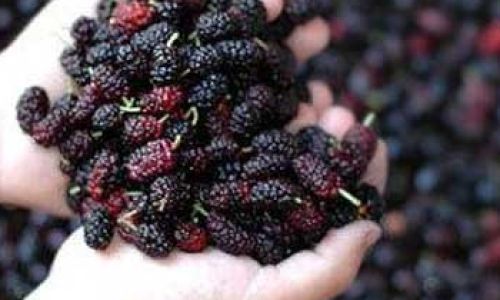


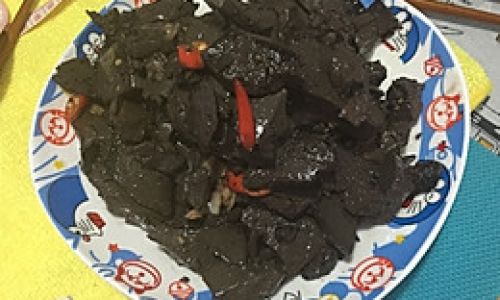
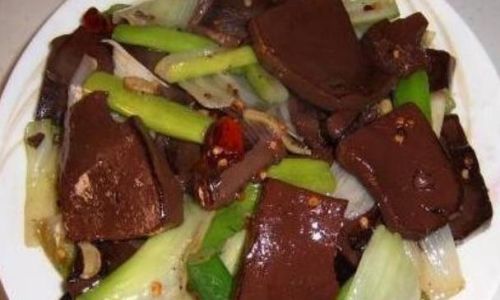
0 comments